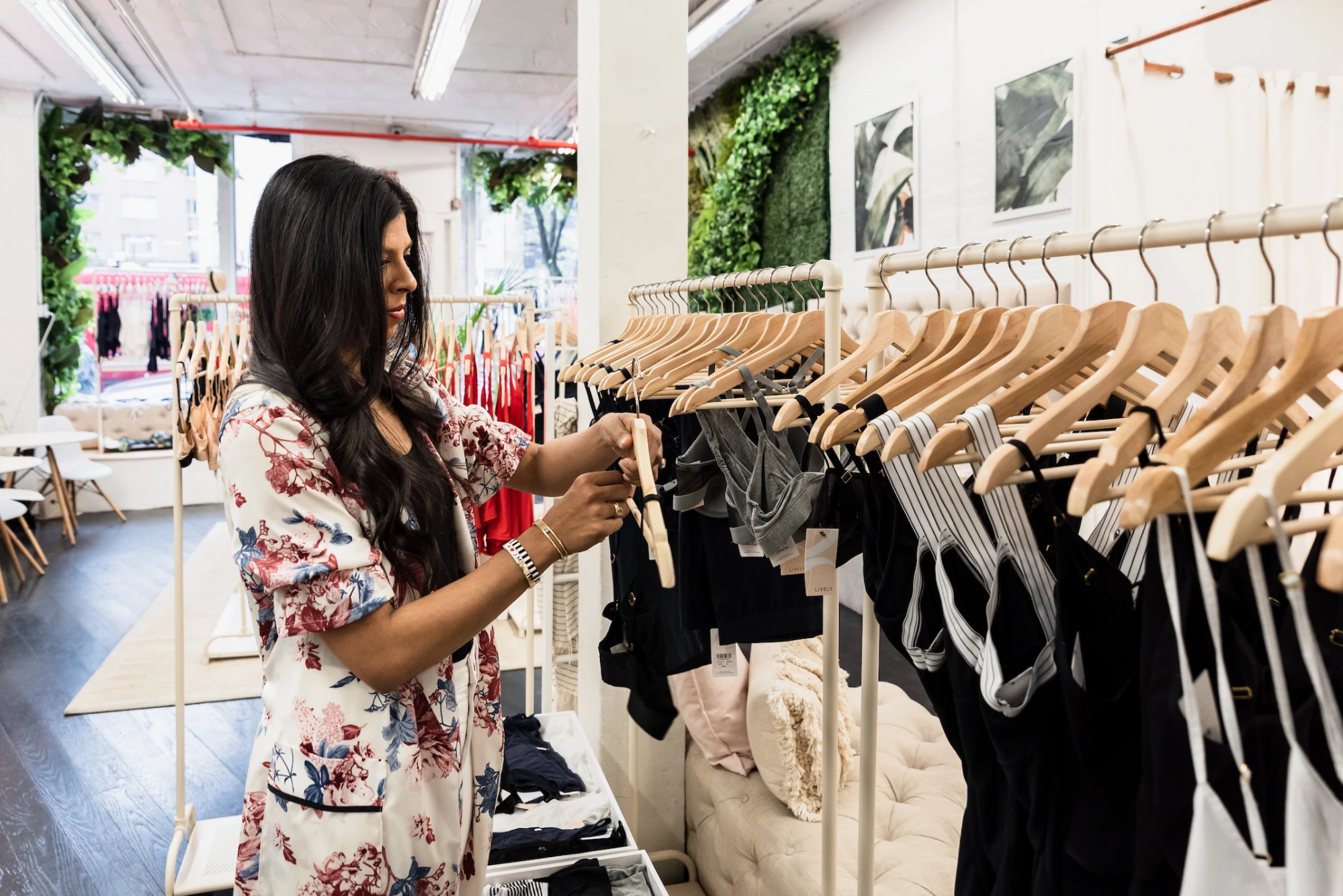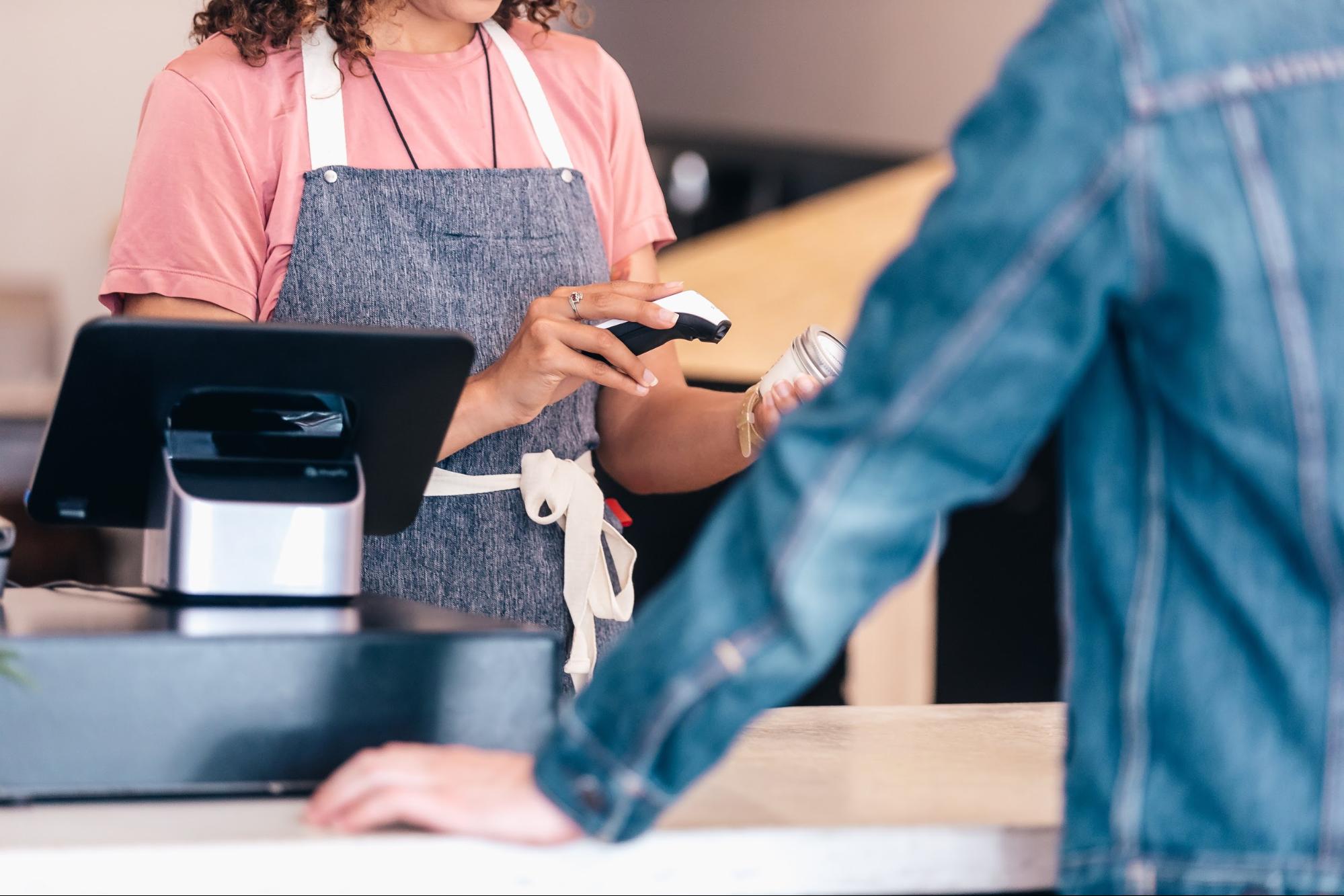In the 1980s, more than half of US retail sales occurred in malls. Over the years, malls have become a symbol of consumerism and go-to shopping hubs for urban and suburban societies.
But times are changing.
The mall has faced a tough road in recent years, between the pandemic and competition from online shopping.
Malls that want to stay relevant over the next decade will have to reinvent themselves. Retail store owners have to meet customers where they are and offer a unified omnichannel experience, with inventory both online and in-store.
The reality is: malls might look quite different in the not-so-far-off future.
The current state of shopping malls
Malls are not dead—they are about to have a glow up. Research from Glossy and Modern Retail, dubbed The Great Mall Overhaul, painted a clear picture of how US malls plan to evolve:
- Malls are turning into lifestyle centers, providing shopping and entertainment for post-pandemic shoppers who want to shop and play.
- Outlet malls are transforming themselves into destination shopping centers, versus outdated merchandise centers. The goal is to attract digitally native brands and create a more holistic customer experience for mall-goers.
- Mall kiosks are driving international expansion for retailers. Hydration brand Waterdrop, which sells in 10 European markets and operates 18 stores, is expanding into the US market through kiosks. The brand had a successful run in Northern Miami’s Aventura Mall before opening up its flagship store in Miami Beach.
- Pop-ups are malls’ new powerhouse. Young retail brands are getting the best of both worlds: visibility amongst consumer-curious mall goers and a short-term lease to build excitement, launch product drops, and encourage return visits.
- Malls are entering the digital age. Most people see malls as big swathes of commercial real estate. As a result of the pandemic, branded retailers, which were the mall's anchor tenants, attracted less foot traffic. Due to this, some malls are relying less on traditional shopping and more on retail media, livestreaming, and other forms of digital shopping.
Regardless of your target demographic, a physical store in a mall can be your future. Mall operators are shifting their business models to decrease customer pain points and reimagine the traditional retail business.
What could the future of shopping malls look like?
Mall owners and their tenants are scrambling to figure out how they can take advantage of this revival.
Omnichannel retail will likely be a big part of this equation, as well as other elements that could bring shoppers back to malls once again.
Prioritization of convenience
Appointment-based shopping
The concept of shopping by appointment isn’t new. However, offering appointment-based shopping helps deliver personalized shopping experiences, which is on the top of the list when it comes to customer expectations for the future of retail.
Neiman Marcus is one example of an in-mall department store that offers shop by appointment.
Shoppers can schedule one-on-one appointments in-store, select items for curbside pickup, or hop on a video chat with an expert style adviser. This allows customers to enjoy personal, engaging services (much like they’d expect in a traditional mall setting) that are safe and convenient.
In-store pickup
Allowing customers to pick up their orders curbside has helped many retail stores within malls drive online sales.
Online shoppers who chose in-store pickup at checkout were 13% more likely to complete their online purchase, and they spent at least 23% more than customers who opted to have their order shipped.
Brookfield Properties, one of the largest retail real estate managers in the US, launched a Curbside Pickup Program to address its mall tenants’ needs to create a safe and comfortable shopping experience for customers.
Contactless payments
In Raydiant’s State of Contactless Payments 2021 Report, it found that 80% of US consumers had used contactless payments. There’s no doubt that number will continue to grow.
What started as a safety protocol soon became a preference. Why? Because contactless payments are faster and carry less risk.
This includes contactless payment cards, tap to pay, and mobile wallets like Shop, PayPal, Google Pay, Apple Wallet, and Samsung Pay.
Redefined store formats
As retail continues to evolve, stores within malls have to reinvent themselves to stay relevant and make the most of their (costly) retail store space.
Both big retail players and small direct-to-consumer brands are now testing the waters with smaller stores focused on experience-driven shopping. Pop-up shops and micro-retailing have become increasingly popular. Aside from being less costly, they also encourage retailers to think outside the box.
Many of these smaller-scale shops and boutique storefronts rely on experiential shopping. This approach helps them capture the look and feel of local mom-and-pop shops paired with technology that helps them drive sales. As a result, customers get to experience nostalgia for the old retail space concept and the ease of tech-equipped shopping.
Lingerie business LIVELY, for example, started as a digitally native brand. However, soon it incorporated brick-and-mortar retail stores as a vital part of its growth strategy.
According to its data, the brand’s average order value (AOV) is between 60% to 80% higher among customers who book fitting sessions online versus those who just walk into one of its stores.
The combination of bricks and clicks has helped LIVELY create an engaging business model with meaningful experiences at every touchpoint.

Greater use of technology to engage customers
Today’s customers compare shopping with you to the best shopping experience they’ve ever had, which, in turn, constantly raises the benchmark when it comes to customer expectations.
Luckily, the use of technology helps retailers keep up with customers’ preferences and deliver engaging experiences online and in-store.
Virtual shopping
Customers still look for a human interaction that instills confidence and brings them closer to the Add to Cart button. Customers can now shop virtually via chat and video and get a closer look at the product they want to buy.
Beauty and skin care brand Credo Beauty has seen up to a 21 times increase in online conversions when virtual shopping is deployed, compared to those who shop unassisted.
Personalized virtual consultation has a positive impact on the AOV as well: customers who get a virtual consultation routinely spend up to 70% more, while one in three customers will visit in-store after interacting with a sales associate online.
Endless aisle
Having a limited physical footprint makes it impossible to showcase a wide assortment of products. That’s where an endless aisle comes in handy.
An endless aisle helps retailers merge online offerings with their brick-and-mortar locations to bring the best shopping experience to their customers.
Suppose the future of malls is micro-retailing and experience-based shopping. In that case, in-store kiosks will empower retailers to display their complete online assortment in-store and allow customers to order products that are out of stock or not sold in-store (and have them shipped to their homes).
AR/VR
Retailers are turning to augmented reality (AR) and virtual reality (VR) to let customers digitally test out thousands of products. Not only does it make shopping easier, but customers also love using immersive technologies.
One example of this at work: award-winning makeup and skin care brand Charlotte Tilbury uses a virtual magic mirror to help customers overcome choice paralysis by enabling a try-before-buy experience free from hygiene concerns.

Unification of in-store and online merchandise
Retail went through different stages and phases to reach a present where one thing is sure: the future of retail is omnichannel.
In recent years we’ve seen retail giants invest heavily in ecommerce, but also tech-savvy digitally native brands open up physical locations within malls.
Customers expect an engaging, seamless, and channel-agnostic experience. That’s why customer-centric brands focus on creating unified end-to-end shopping experiences.
One of the biggest hurdles for mall stores is how to turn visitors or one-time buyers into loyal customers. The key: one system to manage all inventory. Retailers need a single streamlined system that automatically syncs their data and makes it easy to manage their business from anywhere.
The path to purchase is everything but linear.
You’ll see customers browse online, purchase in-store or the other way around. Today, retailers offer customers the opportunity to buy online, pick up in-store (BOPIS), but also buy online, return in-store (BORIS).
The secret to retail success is bringing your in-store and online sales together. Incorporating the right POS technology makes a number of things possible, including personalized shopping experiences, email reminders for in-store favorites, integrated loyalty programs, frictionless returns, and unified reporting.
Personalized shopping experiences
Consumers are in the driver’s seat—they know what they want and they have enough information to make data-driven decisions.
On top of that, they’re looking for a personalized approach that answers their questions and gives them peace of mind so they can rest assured they’re making the right choice.
As a result, in-store mall sales associates should act as personal shopping assistants and support customers throughout their buyer journey.
The good news: gathering data is easier than ever. Not just on an individual or store level but on a higher shopping center level. Malls can collect valuable information by simply offering free WiFi.
“By agreeing to the terms and conditions when they connect to it, many shoppers are also agreeing to having their data tracked and used by the property owner,” says Melina Cordero, CBRE Head of Retail Research in the Americas.
Unlike in the past, when malls had limited customer insights, today, thanks to big data, they can rely on different systems such as CRM, car parking, WiFi, and apps to gather invaluable information that helps retail stores deliver a more personalized experience.
Stores can also use geofencing and send targeted messaging to consumers’ phones once they enter a certain parameter within the mall (such as being 50 feet from the storefront).
One of the well-known brands that relies on this technique is Starbucks. The coffee company uses geofencing for advertising drinks and offering discounts to customers near their locations.
The future of malls: What’s next?
Moving forward, it’s clear that malls will still have a place in the retail ecosystem. However, they’ll likely have a different look and feel.
As the physical retail landscape evolves, shopping malls will be all about experience per square foot.
Customers don’t think in terms of channels—they expect an outstanding shopping experience from URL to IRL. To meet growing customer expectations, retail store owners within malls need to focus on an omnichannel approach with a unified online-offline experience.
Read more
- Experiential Retail 101: How to Host In-Store Events Your Shoppers Love
- Retail Technology: Upgrade Your Toolstack With These 6 Trends
- Why Retailers Can’t Ignore The Power Of Sound: Building a Sonic Strategy for Your Store
- How to Make A Terrarium: Turning Tiny Ecosystems Into a Blooming Business
- How to Create an Inclusive Retail Store Experience
- The Future of Retail Staff: How Is the Role of the Retail Worker Changing?
- How to Turn Your Checkout Line Into a Sales-Generating Experience
- Do Retailers Need a Digital Fashion Strategy? 5 Brands Designing for the Metaverse
- How 6 Brands are Using Machine Learning to Grow Their Business
- Social Entrepreneurship: How Retailers Build Compassion Into Their Business Model





